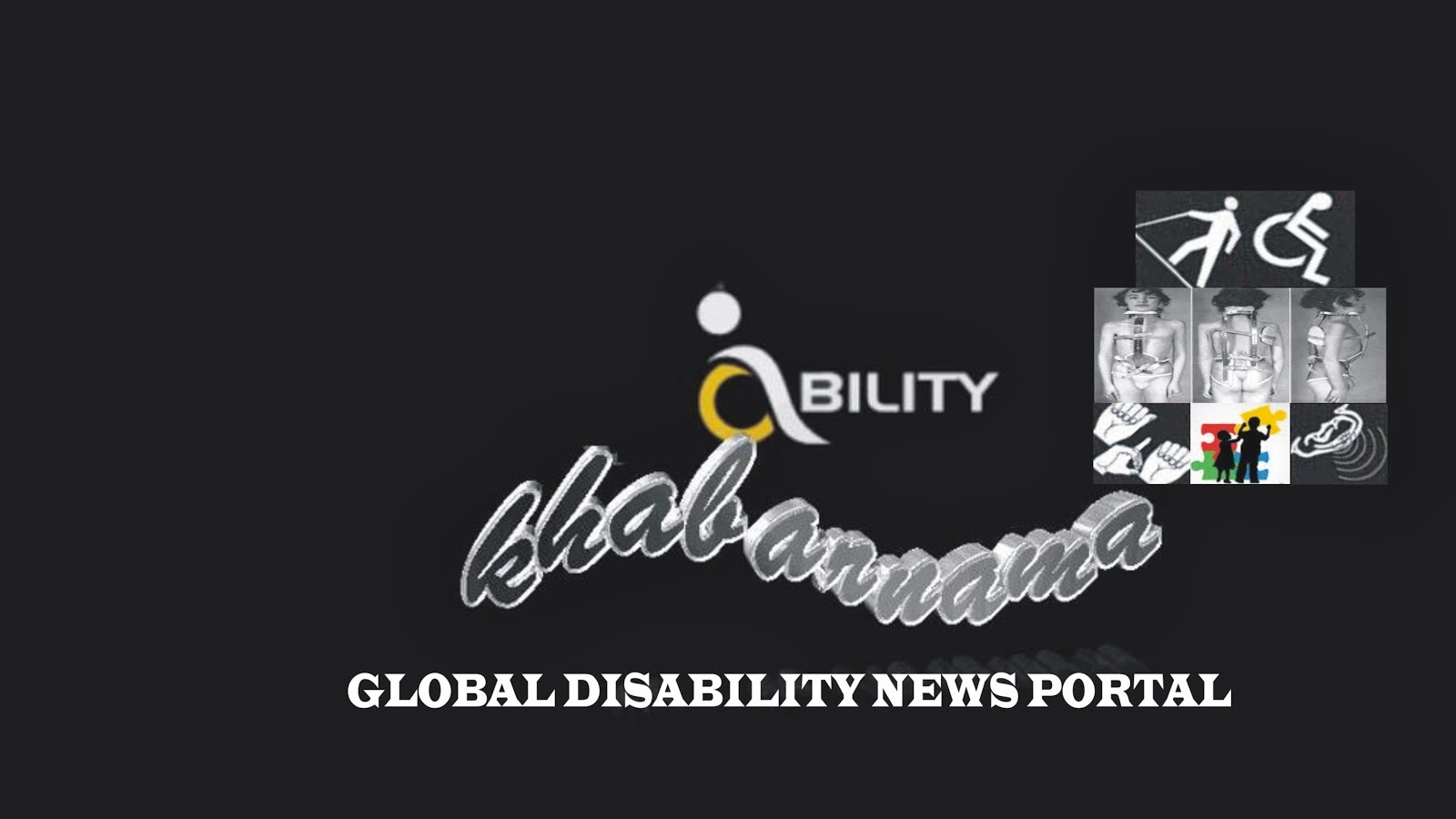----------------------------------------------------------------------------------
From 21.9 million in 2001, it has gone up to 26.8 million in 10 years — 2.13% to 2.21%
----------------------------------------------------------------------------------
The latest Census figures on disabilities have shown
only a marginal increase in the number of differently-abled people in
the country with the figure rising from 21.9 million in 2001 to 26.8
million in 10 years. In percentage terms, it has risen from 2.13 per
cent to 2.21 per cent, as per the Census 2011 figures released by the
Registrar General of India.
There are 14.9 million
men with disabilities as compared to 11.8 million women in the country
with the total number of disabled people over 18 million in the rural
areas and just 8.1 million enumerated in the urban settings. The
percentage of men with disabilities is 2.41 as against 2.01 in women.
Below expectation
Expressing disappointment over the figures, Javed Abidi of the Disabled Rights Group (DRG), said the figure was far less than the expectation. “This despite the fact that the definition of disability had been expanded and enumerators had been sensitised. I am not willing to concede that disabled people do not exist in India,” he said.

Assessments by various non-government organisations suggest between 5 and 6 per cent of the country’s 1.2 billion population suffers from some kind of disability. He, however, admitted that all awareness programmes were concentrated in the urban areas which helped in removing stigma. “But in the rural areas, people still do not want to reveal a disability in the family or they are unable to understand,” he explained while describing the results as a “lesson” for the disability movement and the need to focus on rural areas in the next 10 years.
The question on disability was asked in all the Censuses since 1872 to 1931 but was discontinued between 1941 and 1971. In the 1981 Census, information on three types of disability was collected but was, once again, dropped in 1991. In Census 2001, the question was again included and information on five types of disability was gathered. In the 2011 Census, information was gathered on eight types of disability including mental disability.
State-wise data shows, Andhra
Pradesh, Maharashtra, Orissa and Jammu and Kashmir have more than 2.51
per cent disabled population whereas in Tamil Nadu, Assam, Meghalaya,
Assam and Nagaland, the percentage is less than 1.75.
The percentage share of disabled population is higher among males who comprise 55.9 per cent whereas women comprise 44.1 per cent. Social groups wise analysis shows, 2.45 per cent of the total disabled population belong to the Scheduled Castes, 2.05 to the Scheduled Tribes and 2.18 per cent to other than SC/ST. Even among these two social groups, the proportion of men with disabilities is higher as compared to women.
Over 5.4 million people have some kind of physical disability, followed by hearing impairment affecting 5.07 million and 5.03 million who have problems with their vision. Just about 2 million have speech disability, and 2 million are affected by mental retardation and other mental illnesses.
The
proportion of women suffering from seeing, hearing and multiple
disabilities is higher than men. Disability in seeing, hearing and
movement and multiple disability is more among STs than SCs and others
while disability in speech and mental retardation is more among others
than SC/ST. Age-wise break-up of the data suggests disability is more
among people aged 80 years and above, and the least among children aged
up to 4 years. Disability among STs in lower age groups up to 40-49
years is significantly lower than the other social groups whereas in the
higher age group (60 plus), it is high among STs.
Source : The Hindu , 30th September 2013

No comments:
Post a Comment